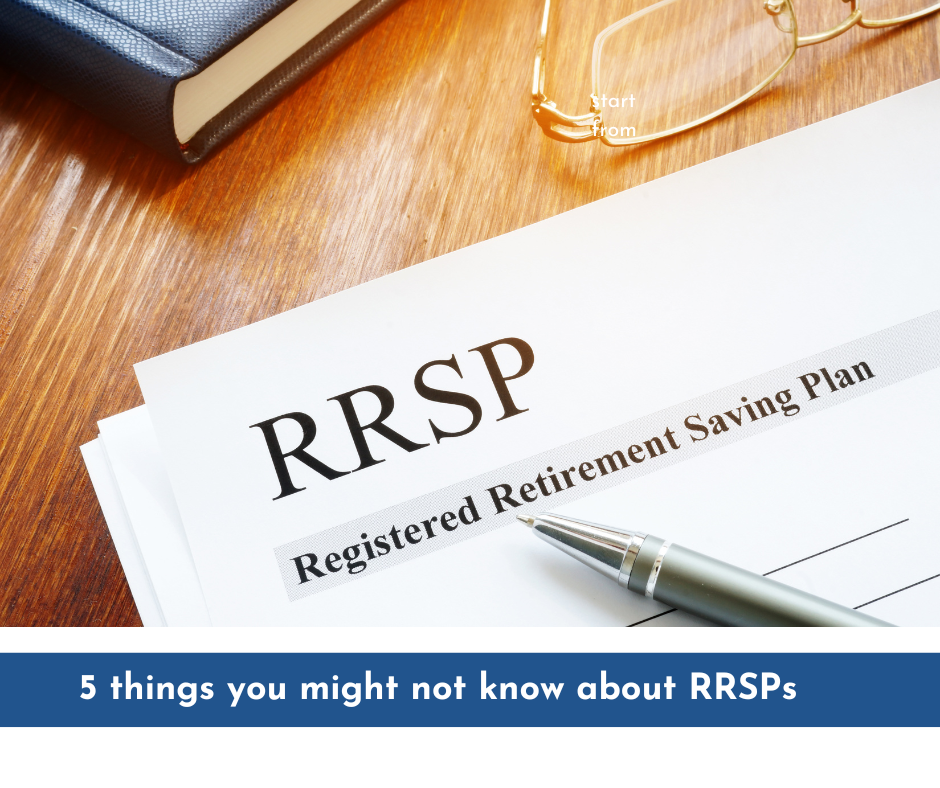 (NC) Most Canadians do not have a workplace pension. That’s why the federal government created the Registered Retirement Savings Plan. If you’re one of the roughly fifty per cent of Canadian wage earners who contribute to their RRSPs each year, there are a number of things you may not know about them. Here are five.
(NC) Most Canadians do not have a workplace pension. That’s why the federal government created the Registered Retirement Savings Plan. If you’re one of the roughly fifty per cent of Canadian wage earners who contribute to their RRSPs each year, there are a number of things you may not know about them. Here are five.They provide a tax-deduction
One of the main benefits of contributing to your RRSPs is that you can get a deduction on your current taxes. Simply put, every dollar you contribute to your RRSPs is deducted from your income for the year. This will reduce the amount of income you pay taxes on, and may even move you into a lower tax bracket. Your investments in the RRSP are also tax-sheltered as they grow.
There’s a contribution limit
There’s a maximum amount that Canadians are allowed to contribute to their RRSPs each year. Your personal amount is based on 18 per cent of your previous year’s income, up to a maximum of $31,560 for the 2024 tax year. But, if you don’t use all your contribution room, any extra can be carried over into the future. You can find your unused contribution balance on your annual Notice of Assessment you receive from the Canada Revenue Agency.
You can withdraw them before retirement
Generally, when you withdraw from your account before its time, you will get hit with a hefty withholding tax and the money you take out will be counted as taxable income for that year. But there are exceptions. For example, you can withdraw up to $60,000 from your RRSPs to use for a down payment if you qualify as a first-time homebuyer. Similarly, you can withdraw up to $10,000 a year (to a $20,000 lifetime maximum) to use for a qualifying education program. Note that in both cases you must pay back whatever amount you withdraw into your RRSPs within a set period to avoid penalties.
They don’t last forever
Many people don’t realize that you have to close your RRSP account by December 31st of the year you turn 71. At that point, you have three options: withdraw all the remaining funds, transfer them to a similar investment called a Registered Retirement Income Fund or purchase an annuity.
You can use you RRSPs to donate
Want to leave a legacy and make a big impact on a cause you care about? You can name a charity as a beneficiary on your RRSP. Your financial institution has a simple form for you to fill out where you list all the people and/or registered charities you’d like to receive your leftover funds. Note that in Quebec, you can only name a charity as a beneficiary of your RRSPs through your will.
An added benefit? Your estate will receive a donation tax credit that could eliminate much or all of the taxes that would have to be paid on any leftover RRSPs anyway.
Learn more at willpower.ca.